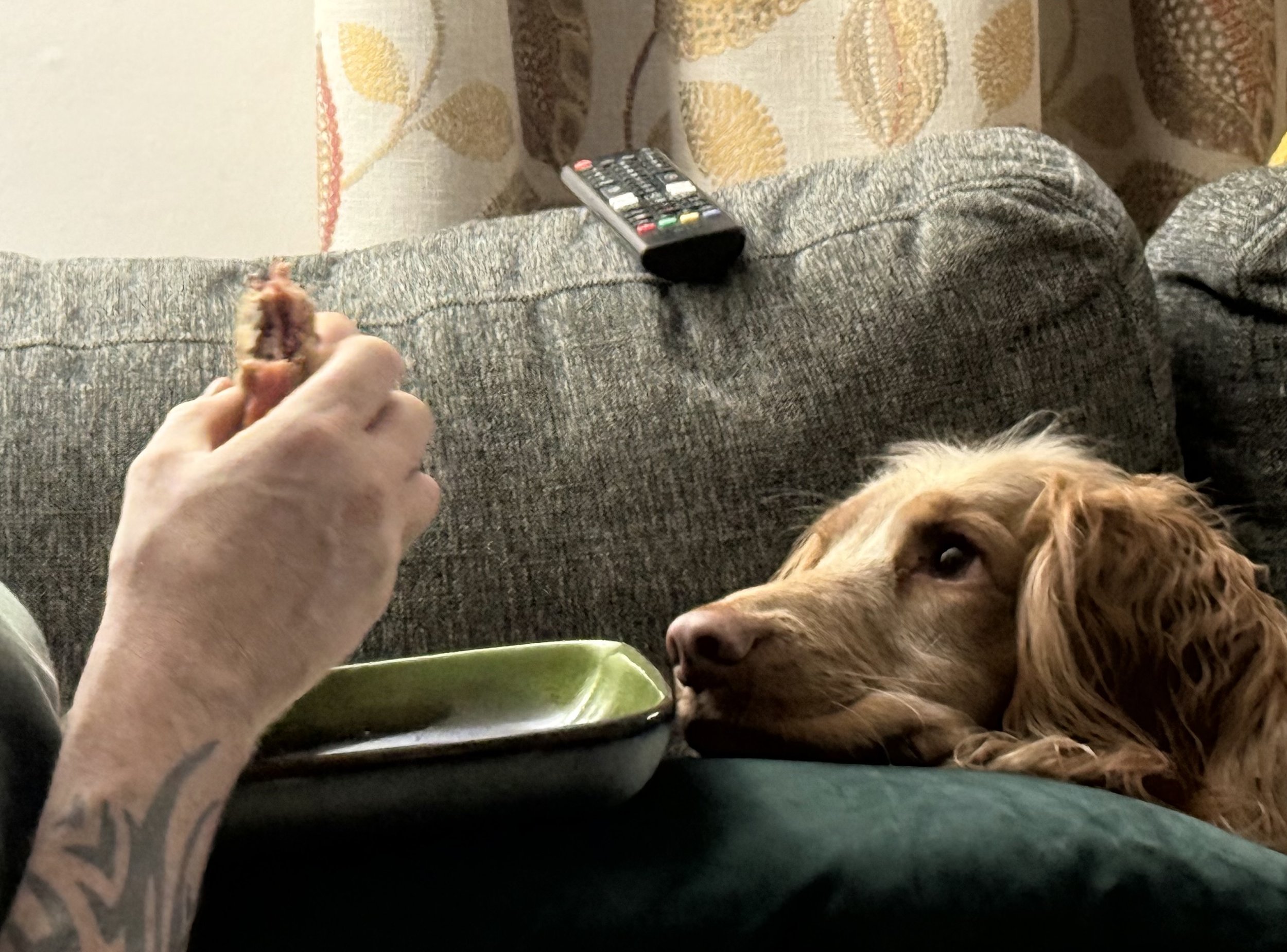
How to Stop Bad Behaviour in Dogs Using Positive Reinforcement
Bad behaviour in dogs can be frustrating and embarrassing, but understanding why it happens is key to resolving it. Whether your dog is ignoring commands, jumping on guests, barking and lunging at other dogs or pulling on the lead, positive reinforcement training is the most effective way to encourage good behaviour while strengthening your relationship.
Why Won’t My Dog Follow Basic Commands?
If your dog suddenly stops listening or struggles with basic obedience, consider these factors:
Lack of Motivation – Dogs, like people, need motivation. If they don't see value in following a command, they might ignore it. High-value treats, praise, and play can increase their interest.
Inconsistent Training – If different people in your household enforce different rules, your dog may be confused about what’s expected.
Distractions – Training in a high-distraction environment (like a park) before mastering commands in a quiet setting can lead to poor results.
Adolescence – Just like human teenagers, adolescent dogs go through hormonal changes that can impact behaviour and impulse control.
Medical Issues – If your dog is suddenly ignoring commands, check for possible health concerns with your vet.
Best Positive Reinforcement Techniques for Dog Training
1. Reward Good Behaviour Immediately
Timing is crucial in positive reinforcement training. Reward your dog the moment they perform the desired behaviour. This helps them associate their actions with the reward.
2. Use High-Value Rewards
Not all treats are equal in your dog’s eyes! Identify what excites your dog the most—some love food, while others prefer a toy or verbal praise.
3. Be Consistent with Cues and Expectations
If you sometimes allow jumping and other times correct it, your dog will struggle to understand the rule. Make sure everyone in your household is on the same page.
4. Redirect Unwanted Behaviour
Instead of punishing bad behaviour, guide your dog toward an appropriate alternative.
5. Train in a Low-Distraction Environment First
Start training in a quiet, familiar space before gradually increasing distractions. This helps reinforce learning without overwhelming your dog.
6. Make Training Fun and Engaging
Training should feel like a game! Keep sessions short (5-10 minutes) and end on a positive note.
7. Avoid Punishment-Based Methods
Punishing bad behaviour can create fear and confusion. Instead, focus on teaching what you do want, rather than punishing what you don’t.
Setting Your Dog Up for Success
Exercise and Mental Stimulation
Many behavioural issues stem from boredom or excess energy. Ensure your dog gets enough physical exercise and mental enrichment.
Management and Prevention
If your dog repeatedly engages in an undesirable behaviour, prevent rehearsal of that behaviour.
Patience and Practice
Dogs learn through repetition and consistency. Keep training sessions positive and be patient—small wins add up over time!
Need Extra Support?
If you're struggling with unwanted behaviour, consider working with us. Every dog is unique, and we can help tailor techniques to suit your dog’s needs.
By using positive reinforcement and clear communication, you can shape your dog into a well-mannered companion while building a trusting and loving relationship. Happy training!


